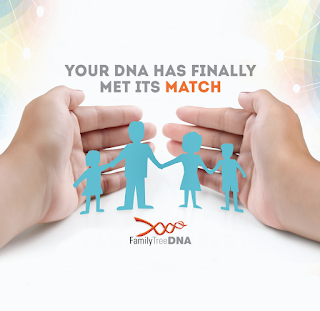DIABETES MELLITUS

Diabetes Mellitus Diabetes is a disease of the pancreas, an organ that produces the hormone insulin. While health care providers do not yet know what causes diabetes, certain factors can increase a person’s chance of getting diabetes. What is diabetes mellitus? Diabetes mellitus is a disease that prevents your body from properly using the energy from the food you eat. Diabetes occurs in one of the following situations: The pancreas (an organ behind your stomach) produces little insulin or no insulin at all. (Insulin is a naturally occurring hormone, produced by the beta cells of the pancreas, which helps the body use sugar for energy.) -Or- The pancreas makes insulin, but the insulin made does not work as it should. This condition is called insulin resistance. To better understand diabetes, it helps to know more about how the body uses food for energy (a process called metabolism). Your body is made up of millions of cells. To make energy, the cells nee

